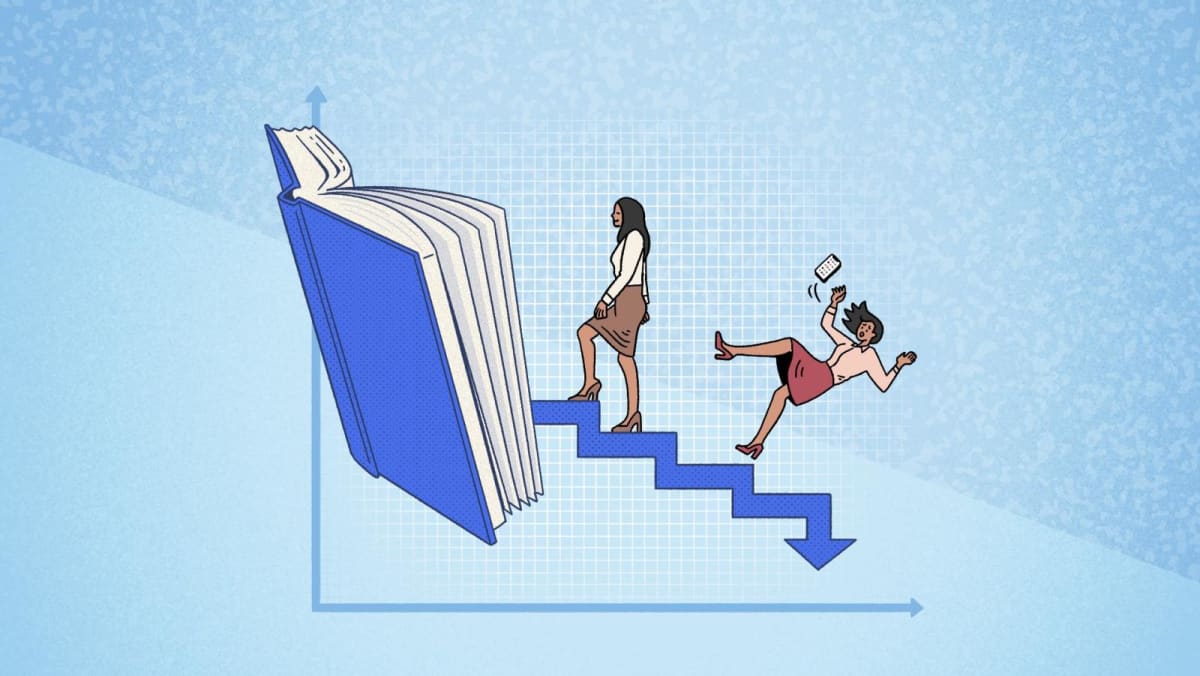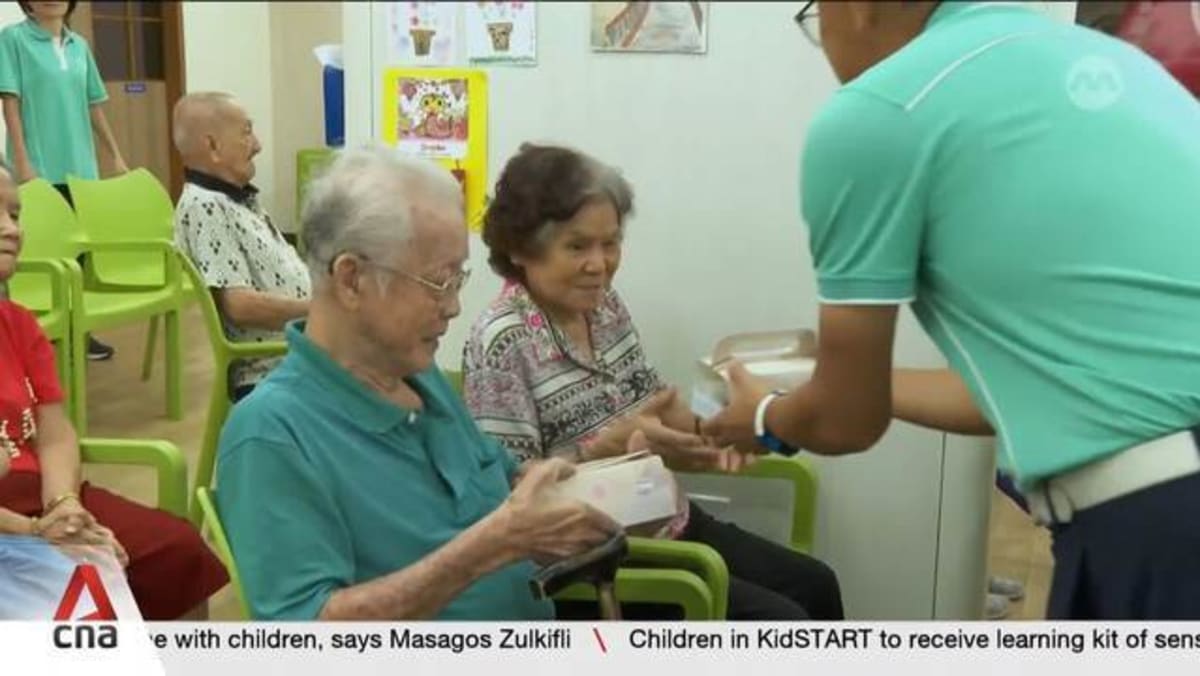FINDING LOVE
Although Ms Xu now walks with her head held high and has grown accustomed to the stares and whispers she often faces, her insecurities about her height used to run deep, especially when she first started using dating applications.
Having her height listed on her profile in a dating app meant she was bombarded with never-ending questions, with some even accusing her of lying about it to prompt men to start a conversation with her.
“But the conversation usually stops when I tell them I have dwarfism,” she said.
This happened like clockwork until she swiped on Mr Soh’s profile. He did not care about her height and was insistent on meeting her.
“I kept emphasising my height to him and that I have short legs, so some people think I look like an alien,” she added.
“But he was very straightforward and said: ‘I don’t care how tall or short you are, how beautiful or ugly you are. I just want to find a life partner’.”
Now, three years after their marriage, Mr Soh still believes he made the right choice and would not have it any other way.
“To me, a person’s characteristics are more important. Among all the girls I’ve met … some of them weren’t ready to settle down or make sacrifices, but she was mature enough to want to start a family and be a good wife and mother,” Mr Soh said as he firmly held her hand.
Having been parenting for a while now, the couple is thinking of having a second child.
One big question that crosses Ms Xu’s mind is this: Is in-vitro fertilisation (IVF) an option for their second child?
If Ms Xu were to conceive her second child naturally, there is a “50-50 chance” the baby would have dwarfism. But going through IVF would reduce that chance significantly, she explained.
“I didn’t want another child to face the same scrutiny from the people around him.”
Hypochondroplasia, which Ms Xu has, generally has less severe symptoms than achondroplasia. There are no official figures on the number of people in Singapore with either condition, but achondroplasia affects around one in every 30,000 newborns globally, said the Ministry of Health previously.
Both conditions are autosomal dominant conditions. Genes come in pairs – two copies from both parents – and one copy of the genes is sufficient to cause a disease.
Those with achondroplasia or hypochondroplasia have a 50 per cent chance of passing on the affected copy of the gene to their offspring, said Dr Jeannette Goh, genetics service consultant at KK Hospital.
No treatments are available for either condition before birth, but there are treatments after birth to increase the height in children with achondroplasia, she added.














